Steam ironing is becoming increasingly popular. Most traditional irons have a steam generation function, but with the development of technology, manufacturers now offer designated clothes steamers. So which clothes steamer should you choose? Read this article about different clothes steamers, how they work, and what to pay attention to when choosing the best one for your needs.

Steam ironing is becoming increasingly popular. Most traditional irons have a steam generation function, but with the development of technology, manufacturers now offer designated clothes steamers. So which clothes steamer should you choose? Read this article about different clothes steamers, how they work, and what to pay attention to when choosing the best one for your needs.
What is a clothes steamer and how does it work?
There are a few different types of devices on the market that offer the option of steam ironing. One of them clothes steamers, sometimes called garment steamers. Another option are hand held steamers, good for mobile use. They differ in design, but operate in more or less the same way.
Their basic is feature is the fact that they heat water until it becomes steam. This takes place in built-in boilers, into which water must be poured. The heating elements bring the water to a boil for a short time (usually about a minute), thus generating steam, which is then channelled at high speed through special nozzles directly onto the creased fabric.
Standard irons smooth the pressed material by using pressure and a high temperature. With clothes steamers and hand held steamers, hot steam alone is responsible for the entire process. It loosens the fabric it comes in contact with, which then releases the creases. The time needed for steam ironing an item of clothing largely depends on the thickness and type of material. A big advantage is the possibility to work both vertically and horizontally, and in addition steam has a disinfecting and refreshing effect. On top of getting rid of creases on clothes, it can also be used for cleaning and disinfecting homes. Now that we’ve discussed how these devices work, let’s have a look at the differences between them.
A clothes steamer looks like an ordinary iron, but it doesn’t have a built-in water tank. Instead it has a separate container with a boiler that heats the water. Both elements are connected to each other by a hose that provides the nozzle with steam. In the case of clothes steamers, the steam output is much stronger and gives much better results than with standard irons.
Hand-held steamers are relatively small and have removable water containers. Their shape resembles a shower head, and the nozzles have much smaller surfaces than clothes steamers. Having said that, many manufacturers add removable brushes that suit different materials or remove hair.
What should you pay attention to when choosing a clothes steamer?
Which clothes steamer should you buy? To answer this question, you need to take into account a number of parameters that should guarantee high performance, as well as durability. So what should you keep in mind when choosing a clothes steamer?
- The volume of steam output – the higher this volume, the more efficient the steamer. This means that it will be able to handle even the most stubborn creases. When choosing a clothes steamer for home use, make sure that this value is not lower than 20 g/min, otherwise ironing will be ineffective and time consuming.
- Wattage – this parameter will determine the performance of the steamer. A higher wattage will shorten the time needed to heat the water and influence the steamers working time. However, bear in mind that more power means higher electricity consumption.
- Heating time – as already mentioned, the time it takes to reach the desired temperature depends mainly on the power of the heating element. However, there are also some models that have a fast heat-up function. With standard models this time should not exceed 60 seconds.
- Water tank capacity – a larger capacity lets you work longer without having to refill the tank. Its size also impacts the size of the whole device, so if you are looking for a steamer that you will be able to use for many years to come, it’s better to choose a model with a larger capacity. However, if mobility and compactness are more important, then smaller steamers will be a better option.
- Possibility to change the ironing position – most clothes steamers are designed to work vertically. There are some steamers that allow for traditional ironing on an ironing board, although the final choice depends on your personal preferences. However, keep in mind that ironing vertically takes up less space, and preparation will therefore also take less time.
- Additional nozzle covers – some steamers come with special brushes, which allow for collecting hair and fur from clothes or cleaning from dust.
The above list presents the most important aspects to pay attention to when choosing a steamer. It’s also worth checking whether the steamer automatically turns off after a few seconds of inactivity or has any other user protection functions.
Wrinkle-free clothing, curtains, and tablecloths: with the powerful 3.65 L garment steamer from Ulsonix you can steam iron hanging fabrics in seconds. Impress customers or guests in shops, showrooms with well-kept curtains or when shipping textiles with pressed goods. Or make your home life easier by switching from the classic iron to a steam brush with this 2.33 L Garment Steamer.
What kind of water should you use?
Although this may sound trivial, the choice of water for your steamer is not so obvious. Many people use ordinary tap water, mainly out of convenience, but this is not a good idea if you want your steamer to work properly for many years. The minerals in tap water wear down and corrode the metal inside your clothes steamer over time. These are mainly compounds of magnesium and calcium. Limescale causes the holes in the nozzles to clog, making the steamer less efficient, which, in addition, often causes it to leave marks and stains on clean clothes. So what is the best water for clothes steamers?
Many manufacturers recommend using distilled or demineralised water in your clothes steamer. The first is a type of purified water that has had both its minerals and impurities removed. Demineralized water is similar to distilled water but not the same. It has had its ions removed, but any organic particles or impurities that don’t have a charge are left in the water.
You could also install special water softeners in your water system. This lets you capture a significant part of the mineral compounds forming limescale not only in steamers, but also in kettles and coffee machines. You could also use multi-layer filters, which also let you purify water, protecting household appliances for a longer time.
Another option is specially scented water, designated for irons, which lets you leave a pleasant aroma on your clothes. A disadvantage of this solution is that the aroma additives sometimes settle on the nozzle and stain your clothes during ironing.
How can you use a clothes steamer in your company?
Clothes steamers and handheld steamers are extremely practical in every household. But will they also be useful in your company? The answer is, of course, yes. In many industries you are required to look impeccable at all times. So when will a clothes steamer come in handy?
The most obvious place are clothes shops. The large number of items that could require pressing makes traditional ironing on an ironing board time-consuming. Therefore, the possibility of quick vertical ironing significantly speeds up the process. In addition, the cleansing properties of steam leave the clothes free of microorganisms and unpleasant odours.
Hospitality and food & beverage are other sectors where clothes steamers will come in handy. Reception staff, waiters and other service staff are required to keep their uniforms spotless at all times. The possibility to quickly iron a creased shirt can be a life saver, especially during a shift lasting many hours, which is where clothes steamers come to the rescue. In addition, they can also be used for refreshing curtains in hotel rooms or banquet halls.
Cleaning companies will also find clothes steamers useful. As in the case of the hotel industry, it will allow them too quickly and easily refresh and straighten curtains in private homes. If the company also services include washing and ironing clothes, then such devices will be simply irreplaceable. Are you planning to start a cleaning business? If so, then read our article about how to set up a successful cleaning business, where you will find all the most important information on the topic.
Impress customers or guests in shops, showrooms with well-kept curtains or when shipping textiles with pressed goods with this 1,750 W Garment Steamer with 3.65 L capacity or with this 2000 W Garment Steamer with 2.97 L capacity.
Which clothes steamer should you choose – summary
Which clothes steamer you should choose depends on the level of efficiency you require. Of course, you could say that the greater the steam output and the higher the wattage the better. However, bear in mind that the most powerful steamers on the market require a lot of energy and, as a result, will lead to higher electricity bills. So if you want to buy a clothes steamer for home use choose a model that will be a compromise between costs and efficiency. In the case of professional use it is worth choosing more powerful devices. This way you will be able provide your customers with perfectly pressed clothes.
We hope that our article has helped you decide which clothes steamer to choose. Also check out our other articles – you will find many practical guides related to hygiene and cleaning, among others how to properly clean stainless steel.
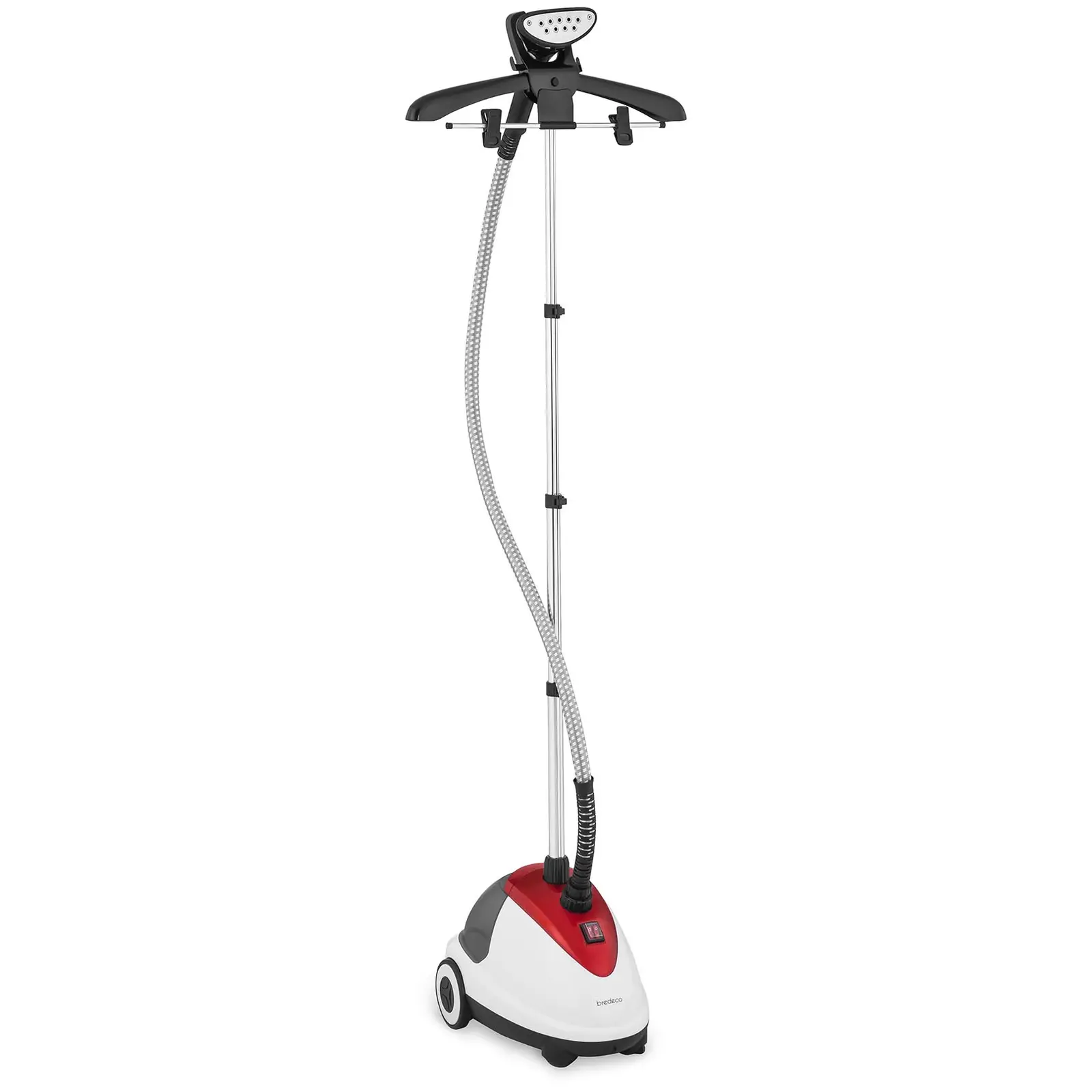

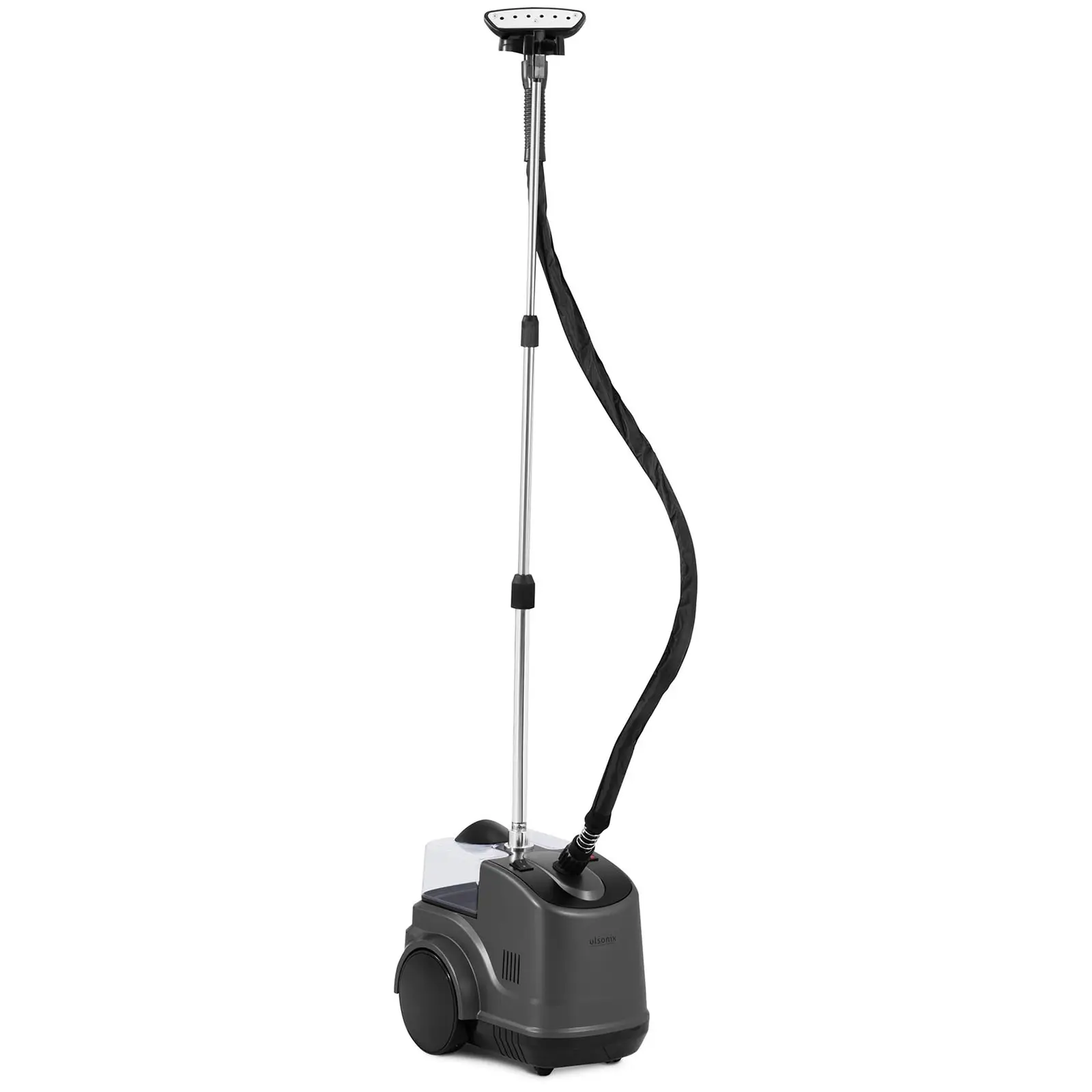

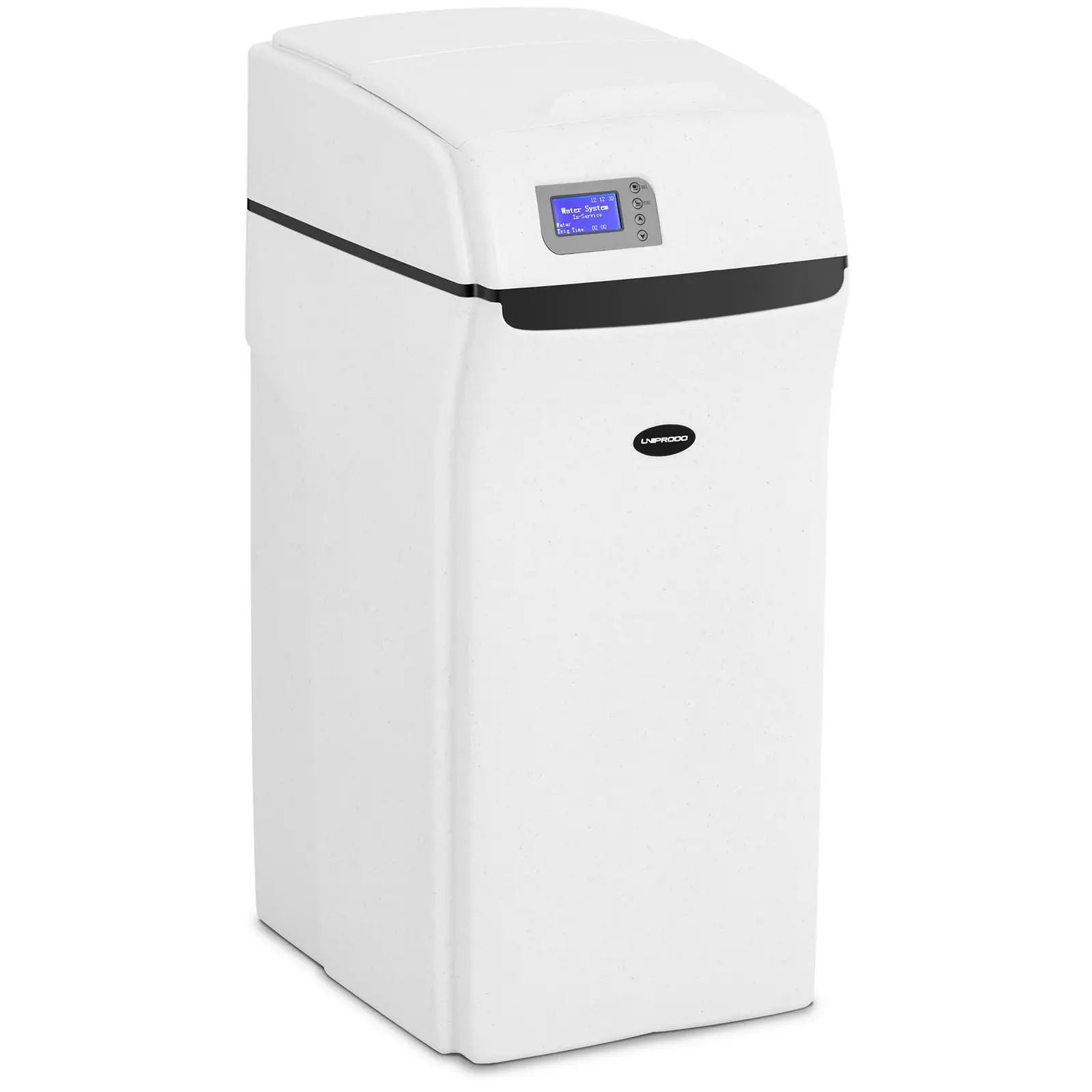
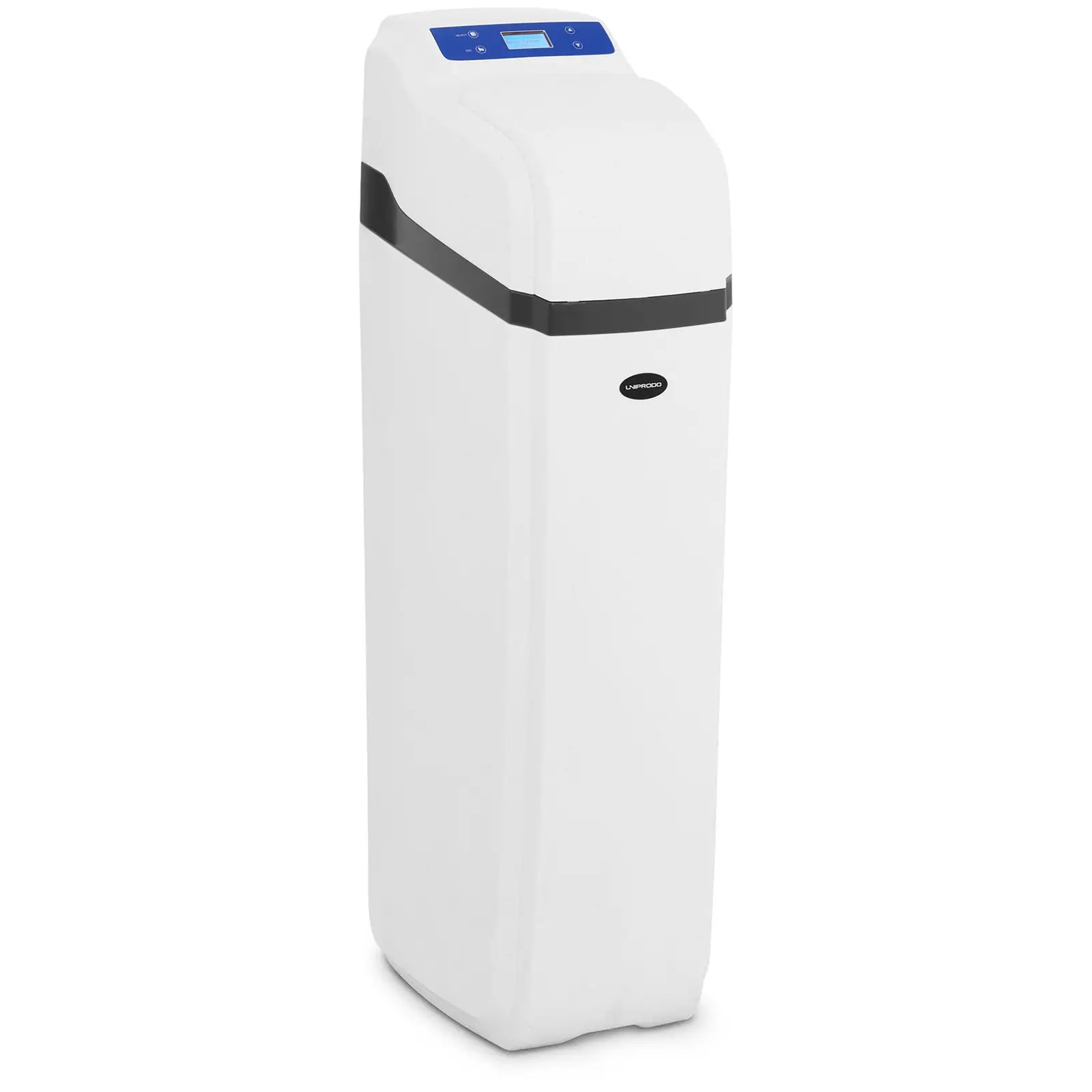

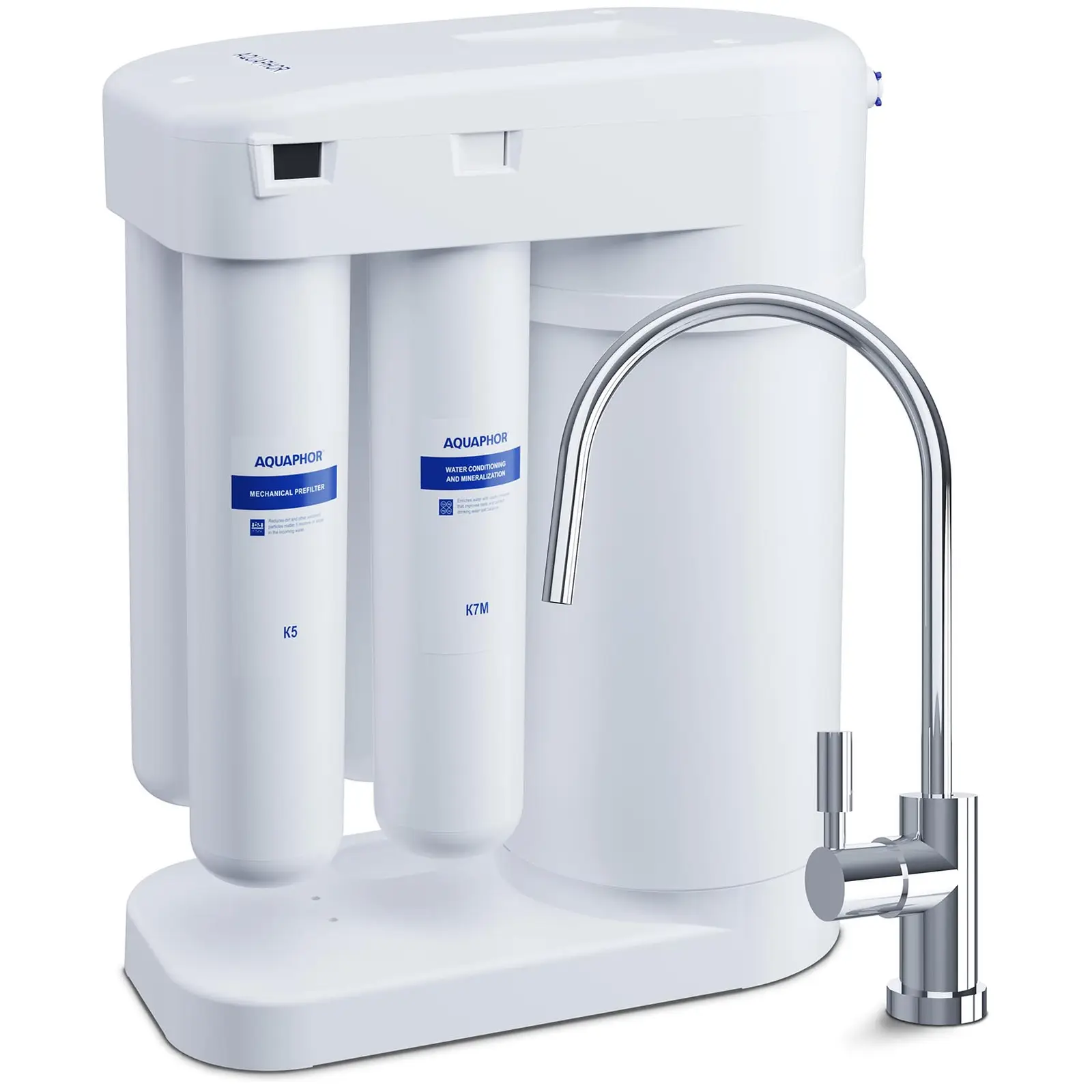




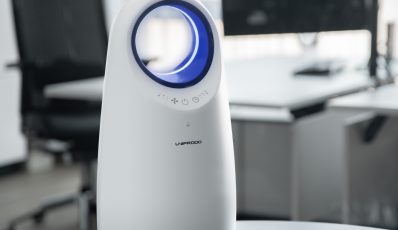

Share